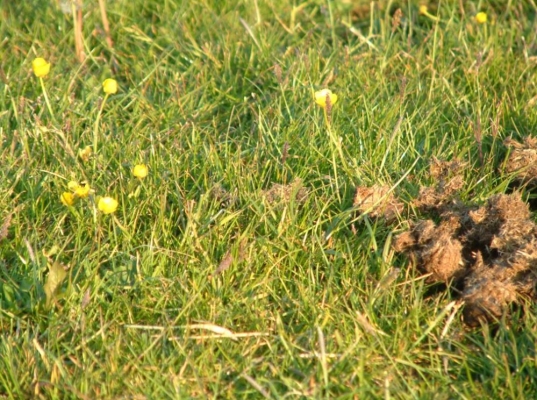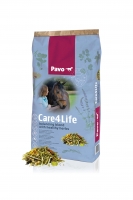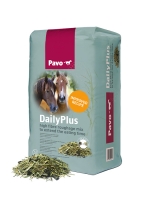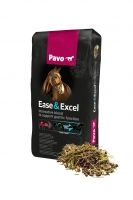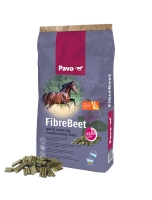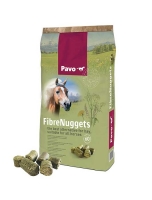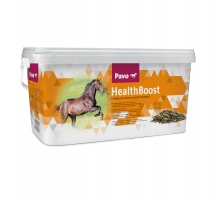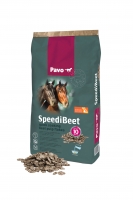Diarrhoea in horses
You can diagnose diarrhoea in horses by loose or liquid stools, the frequent passing of stools and a dirty tail and buttocks. The most important thing is to ensure your horse doesn’t become dehydrated! But what causes diarrhoea? And how can you prevent it?
Causes of diarrhoea in horses
Diarrhoea is a result of food moving through the gastrointestinal tract too quickly to properly absorb moisture and nutrients. This may be because of an increased mobility of the gastrointestinal tract, because the water-absorbing capacity of the intestine has been reduced, or because there is an increased release of moisture and electrolytes in the intestine.
Digestion in the large intestines is actually done by the bacteria which live there, rather than by the body itself. They will turn any incoming fibres which the horse can’t digest itself into usable nutrients, such as volatile fatty acids. In order to ensure the intestines function effectively and healthily, it’s essential for these bacteria to stay healthy, making sure they can do their job well. We refer to all these bacteria together as the intestinal flora. Too much spring grass, mouldy food or sudden changes to the diet can disturb the intestinal flora, which can result in diarrhoea. But poor dental health, taking in too much sand, certain infections, worms and stress can also cause diarrhoea.
.
Stopping diarrhoea in a horse
Diarrhoea can dehydrate your horse and, at times, even prove fatal. The most important thing to ensure with a horse suffering from diarrhoea is that it doesn’t dehydrate. Administering moisture, as well as nutrients, is absolutely essential. Stopping diarrhoea in a horse always needs to start with finding out the cause of the diarrhoea. This is best done in consultation with your vet, after which you can prepare a treatment plan together.
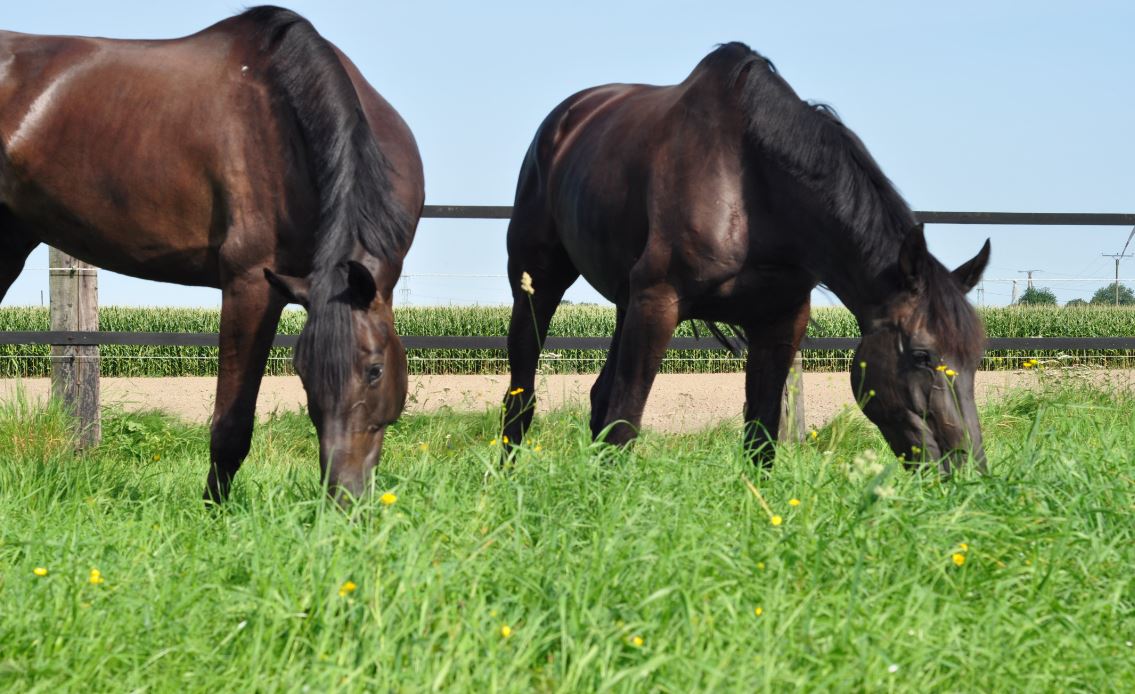
Preventing diarrheoa in horses
It’s unfortunately not always possible to avoid diarrhoea in horses. Yet there are plenty of preventative measures you can take to reduce the risk of diarrhoea as much as possible:
- When horses haven’t been out to graze in the meadow throughout the entire winter and they go back outside for the first time in spring, the change in bacteria may well upset their intestines. The young spring grass will disturb the intestinal flora, which can ultimately result in diarrhoea. Mouldy or spoiled food, or sudden changes to the diet, can also disturb the intestinal flora. So always make sure you slowly build up outdoor grazing and diet changes and avoid spoiled food.
- A horse with poor dental health can’t effectively chew its food. The food will therefore not be properly digested, which can result in large chunks of food ending up in the gastrointestinal tract. This can lead to diarrhoea. An annual visit to the dentist therefore comes highly recommended!
- Horses which spend a great deal of time in the sand paddock or in a sparse meadow can end up eating a great deal of sand. Taking in too much sand can result in an accumulation of sand in the intestines, with diarrhoea and/or colic as a direct consequence. Regularly providing some sand-free time and making sure plenty of hay is available on a sand paddock or sparse meadow can help to prevent diarrhoea.
Tip: make sure horses are given hay from a hard surface, which will reduce the absorption of sand, as the horses don’t need to eat the hay direct from the sand. For example, a rubber plate could be placed underneath the hay.
- A good worming policy in the stables is of essential importance in order to avoid diarrhoea. A coprological examination four times a year and worming with an extensive worming product at least once a year (usually in the autumn) will reduce the risk of a worm infection, such as roundworm. The daily removal of horse manure from the meadow will also reduce the risk of infection.
- Horses experiencing stress will often express this in diarrhoea. The limiting of stress factors is of major importance when trying to avoid diarrhoea. This includes sufficient contact with other horses, plenty of outdoor grazing, no frequent stable moves, etc.
Feeding tips for good intestinal flora
Both prebiotics and probiotics can be fed in a bid to support the intestinal flora. Pre- and probiotics are often bracketed together, but there is actually a big difference between the two. Prebiotics are the nutrients needed for the hard-working bacteria in the large intestine. Probiotics are the actual bacteria or yeasts.
Prebiotics
Prebiotics mainly consist of fibres from roughage. The bacteria feed themselves with the fibres and thereby produce volatile fatty acids, the process of which is called fermentation. The volatile fatty acids are subsequently released into the bloodstream, allowing your horse to use this as a source of energy. It’s therefore very important to ensure your horse is fed sufficient amounts of quality roughage.
In addition to the most common roughage (grass, haylage and hay), there are also a number of different types of roughage alternatives. You can supplement your roughage, or even replace it completely, with these alternatives if you have insufficient roughage, if the quality is average or poor, but also if your horse can’t absorb much, or any, roughage (for example, old horses), or if your horse is continuing to be too thin/lean. Pavo has four different roughage replacements: Pavo Fibrebeet, Pavo SpeediBeet, Pavo FibreNuggets and Pavo DailyPlus.
Probiotics
Probiotics can be used when your horse’s intestinal flora has been disturbed. The balance between good and less desirable bacteria is gone, resulting in the latter being able to expand. This could happen, for example, when your horse has had a course of antibiotics. When looking for a probiotic supplement or food, it’s important to ensure this contains live yeast. Dead yeast cells will no longer have any effect.
-
Pavo Care4Life contains prebiotics to maximally support the intestines. The prebiotic in Pavo Care4Life is inulin, from the root of the Chicory plant. It supports the growth of healthy intestinal bacteria.
-
Pavo Ease&Excel also contains prebiotics in the form of gum arabic and fructooligasaccharides (non-digestible carbohydrates) and live yeast as probiotics.
- You can opt for Pavo HealthBoost if you’re looking for a prebiotic supplement. This supplement is specifically intended to support overall health both during and after a difficult period.



